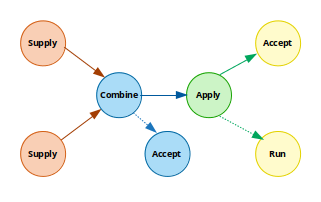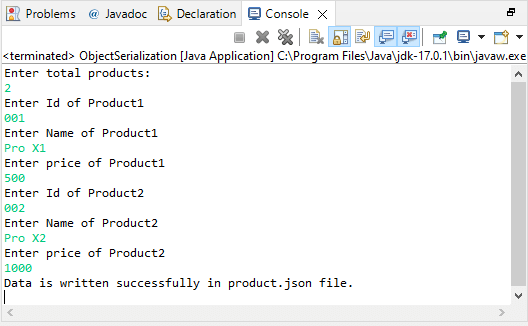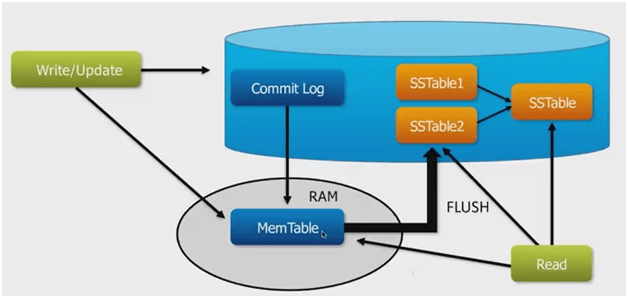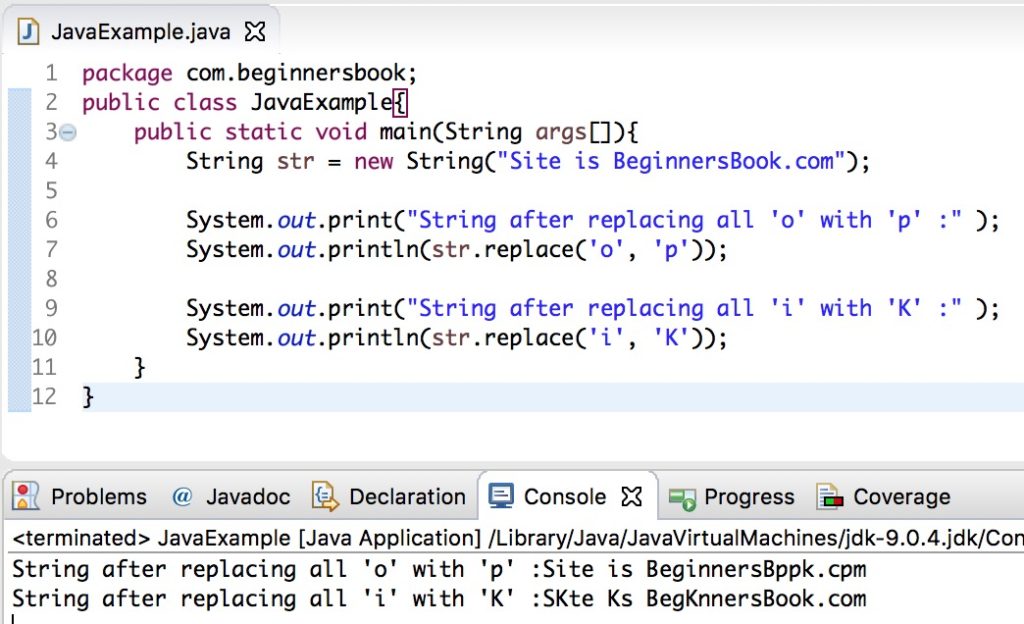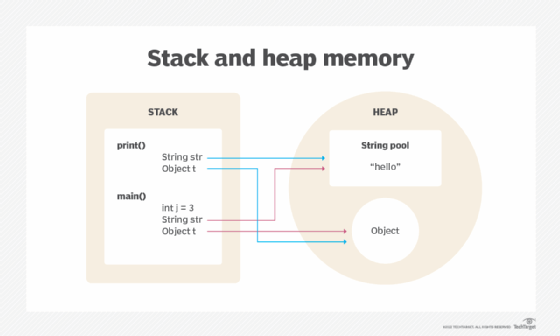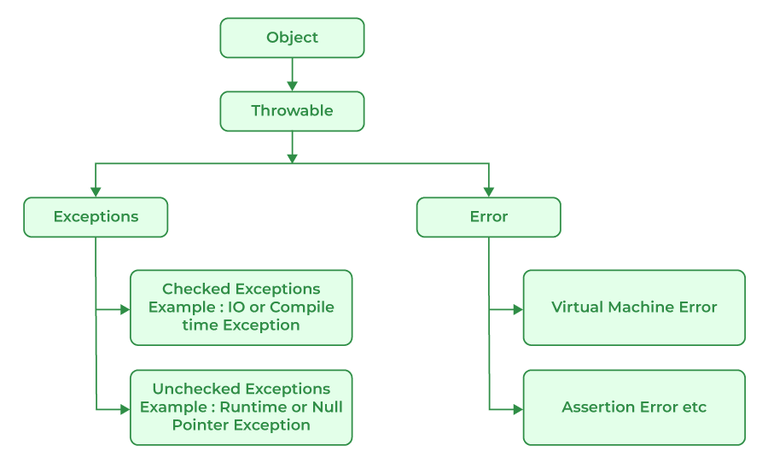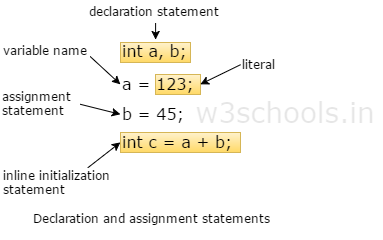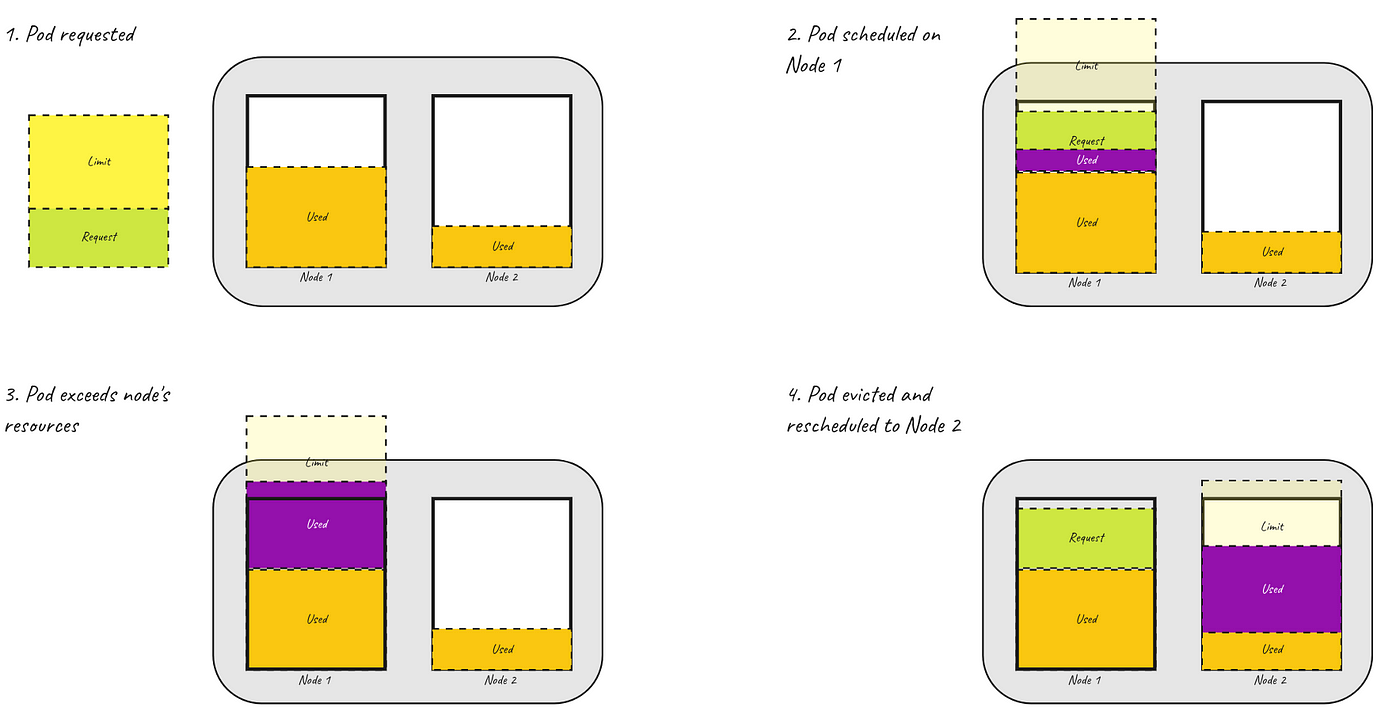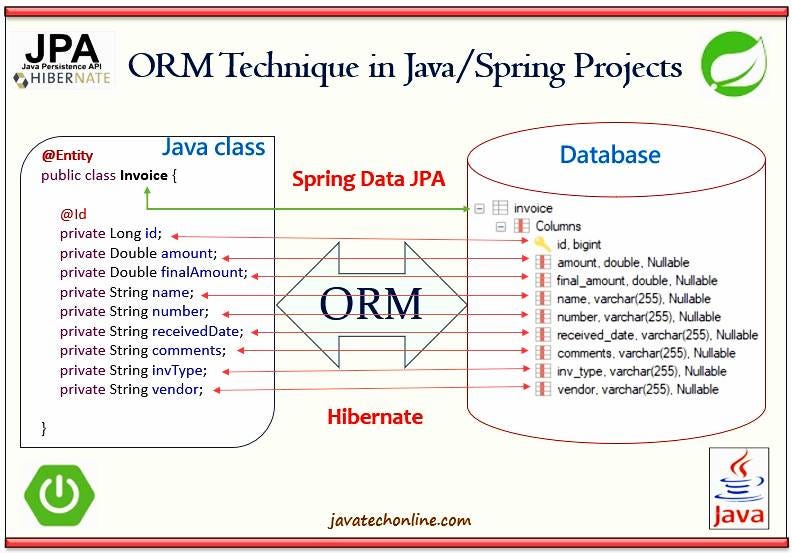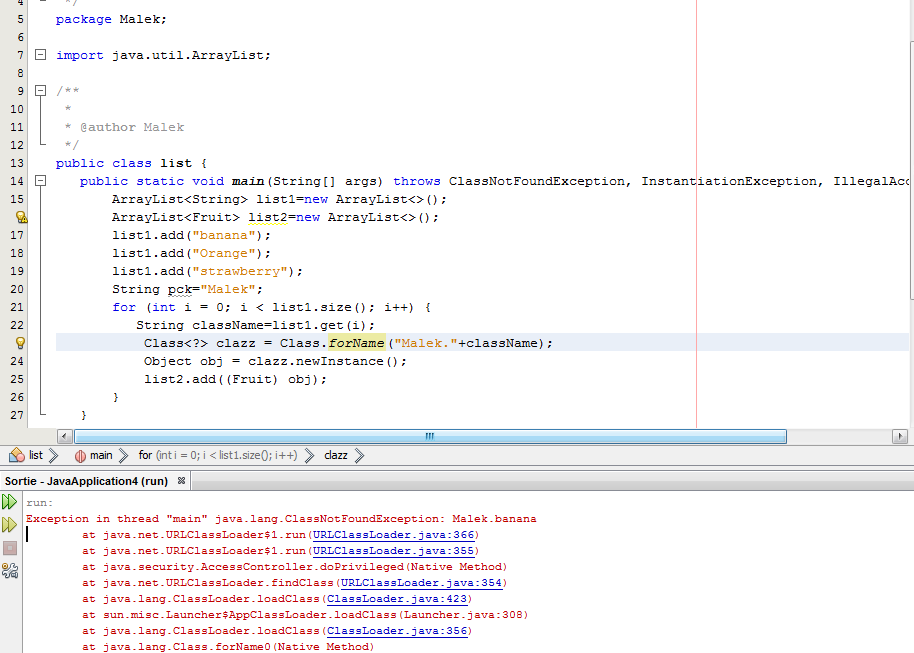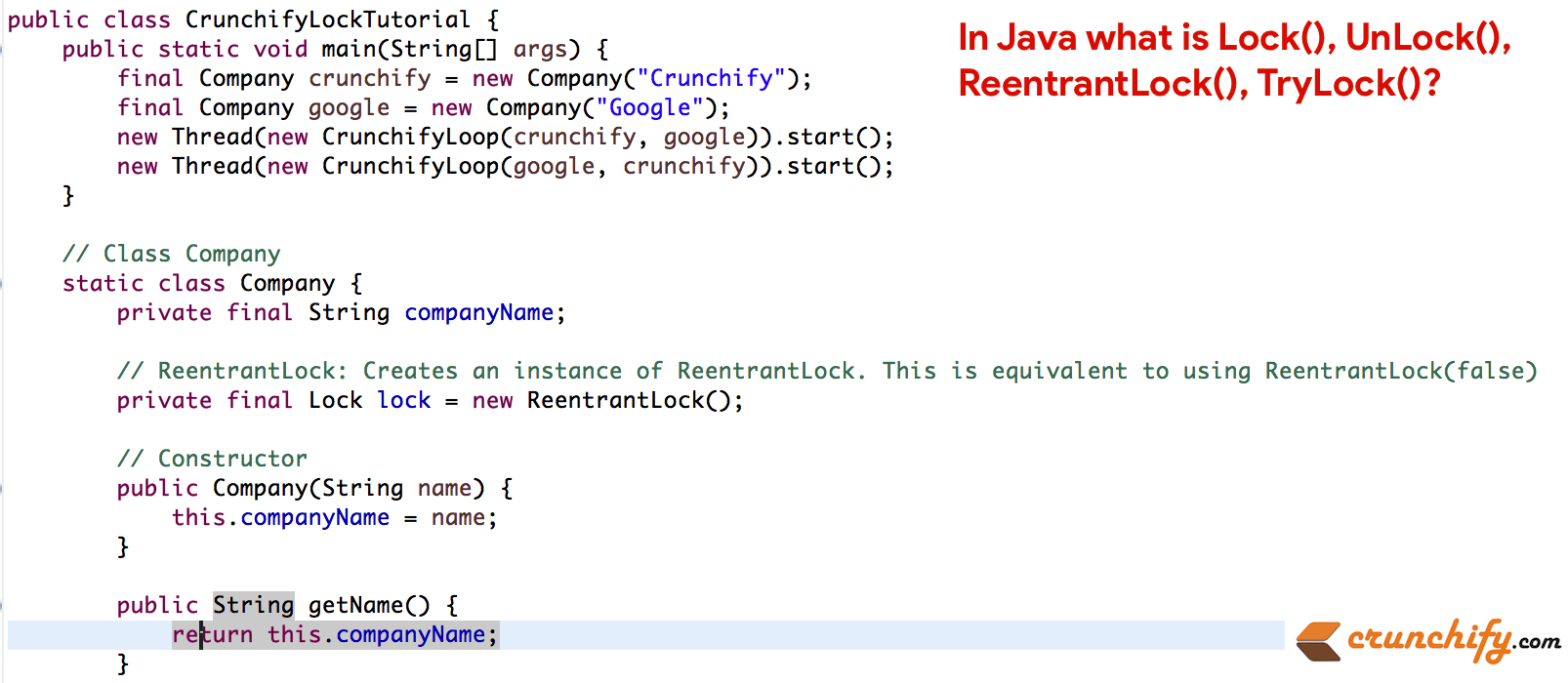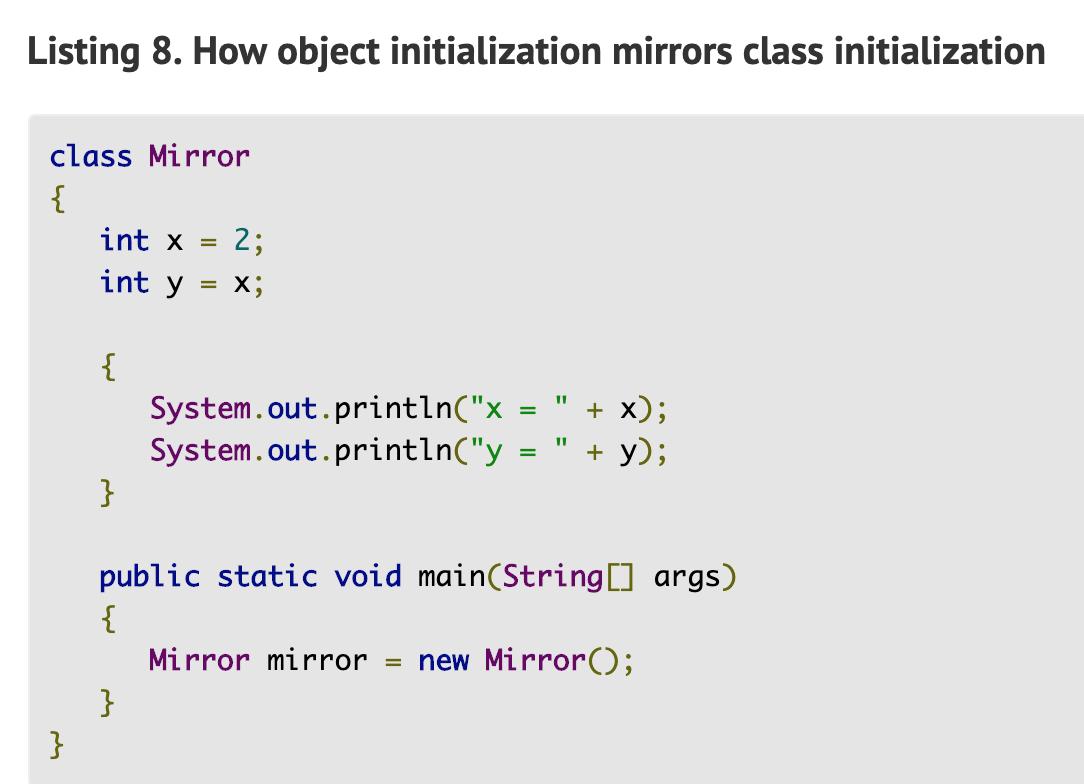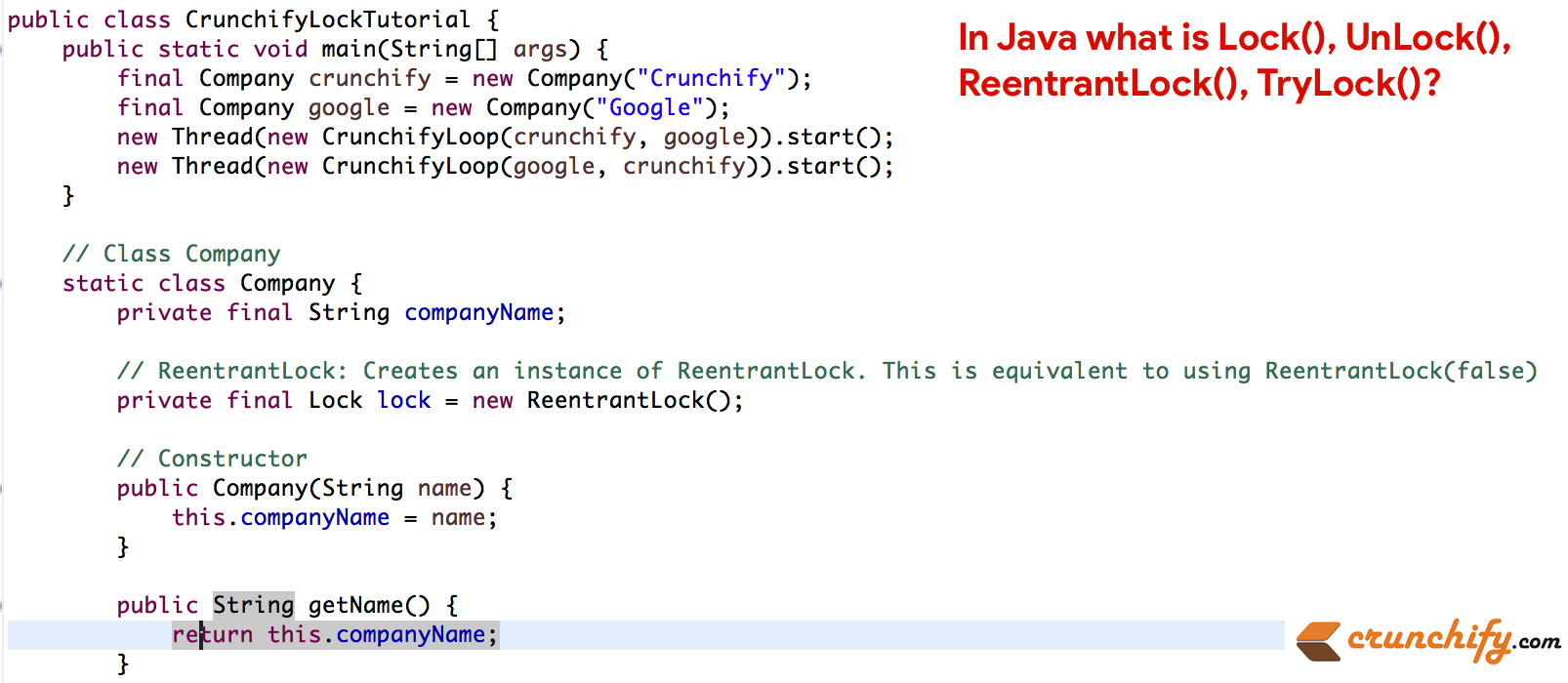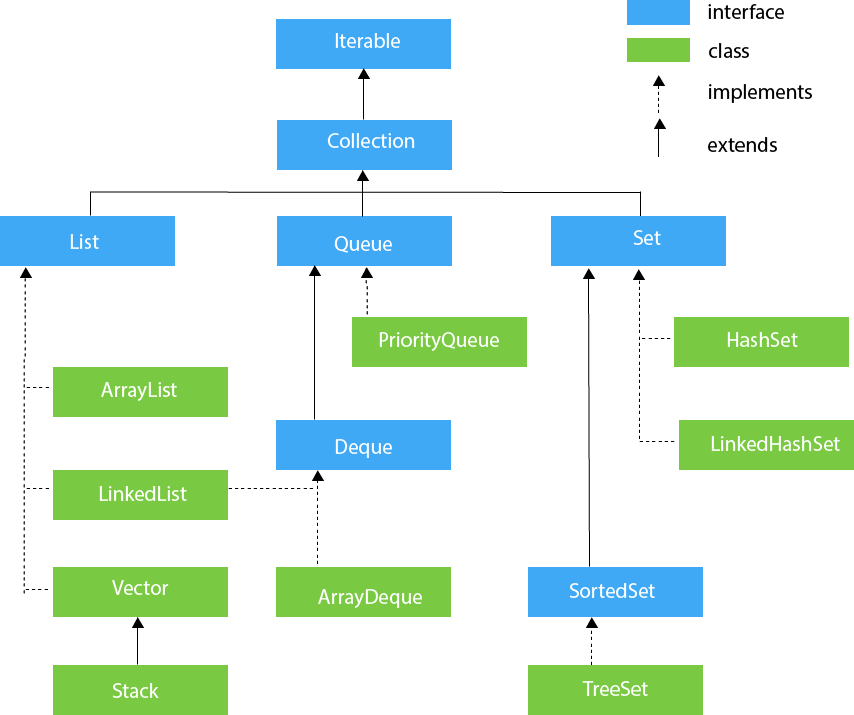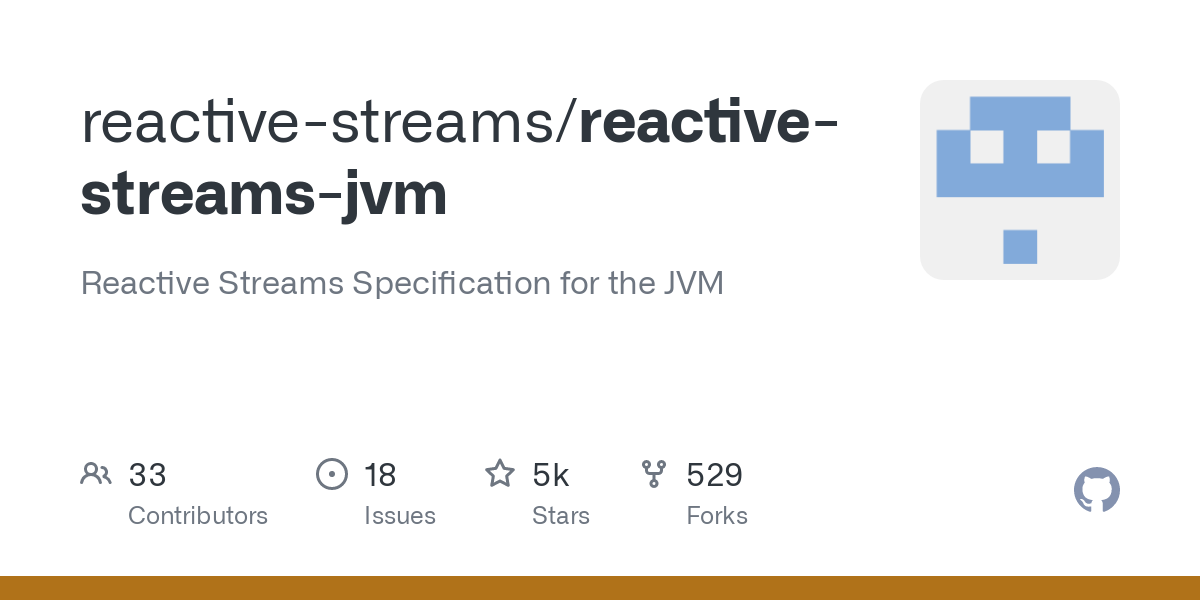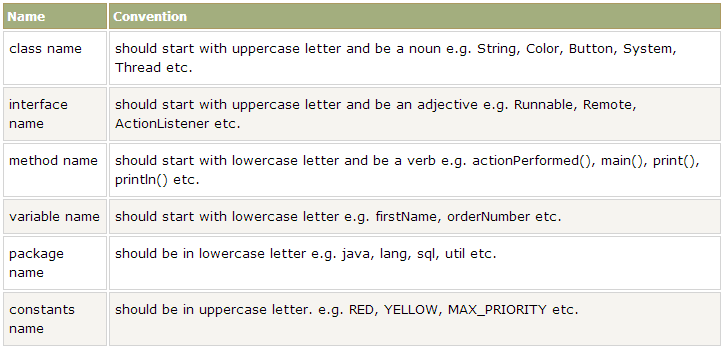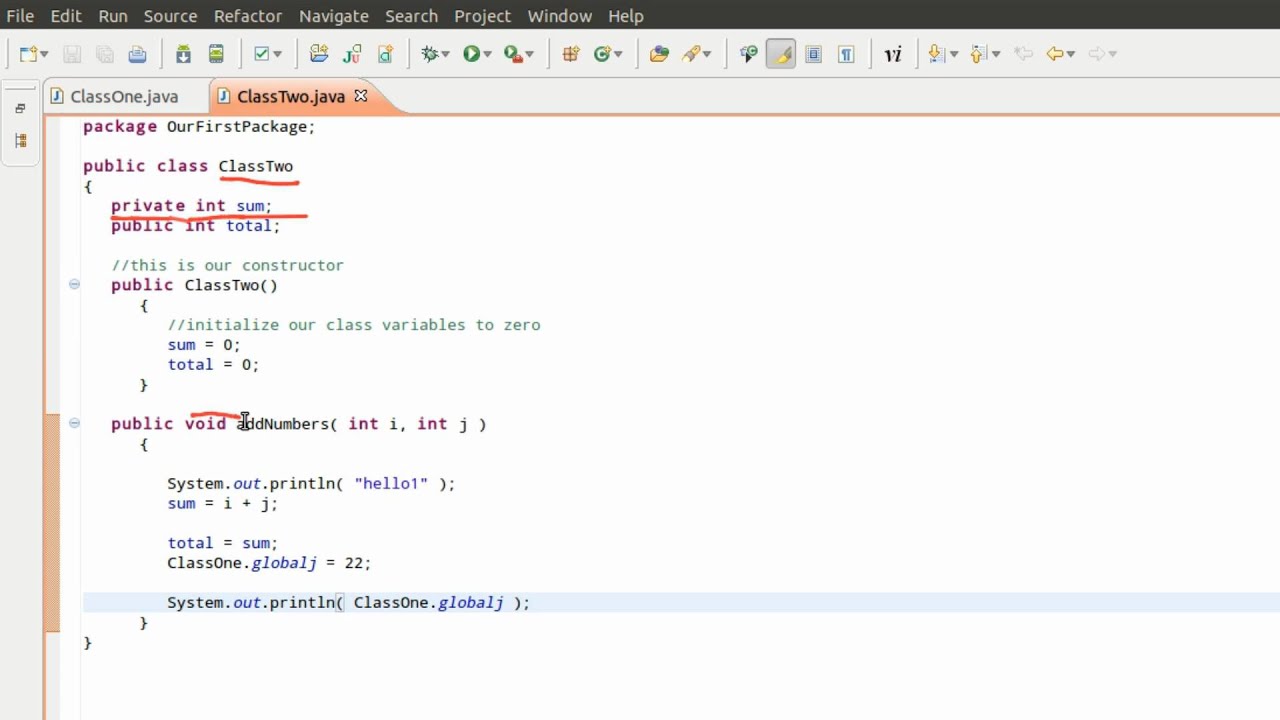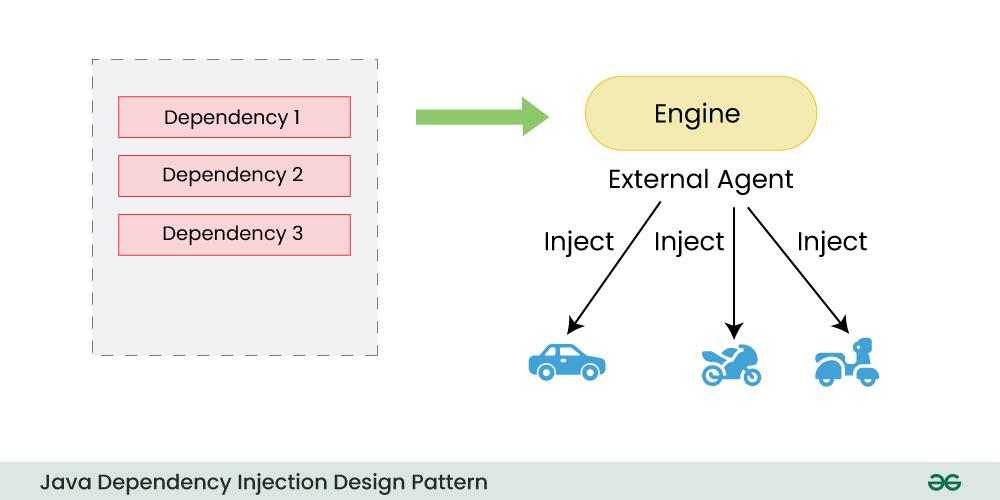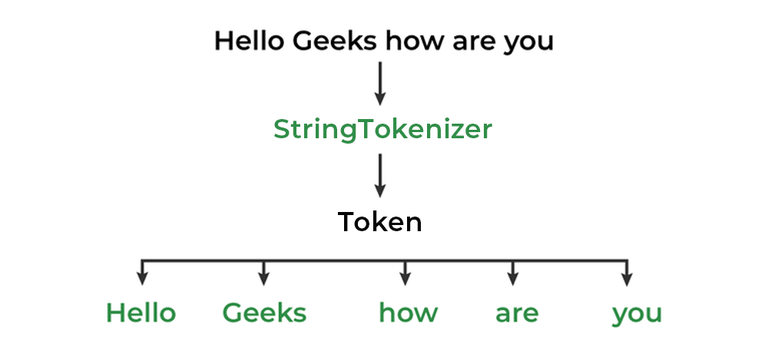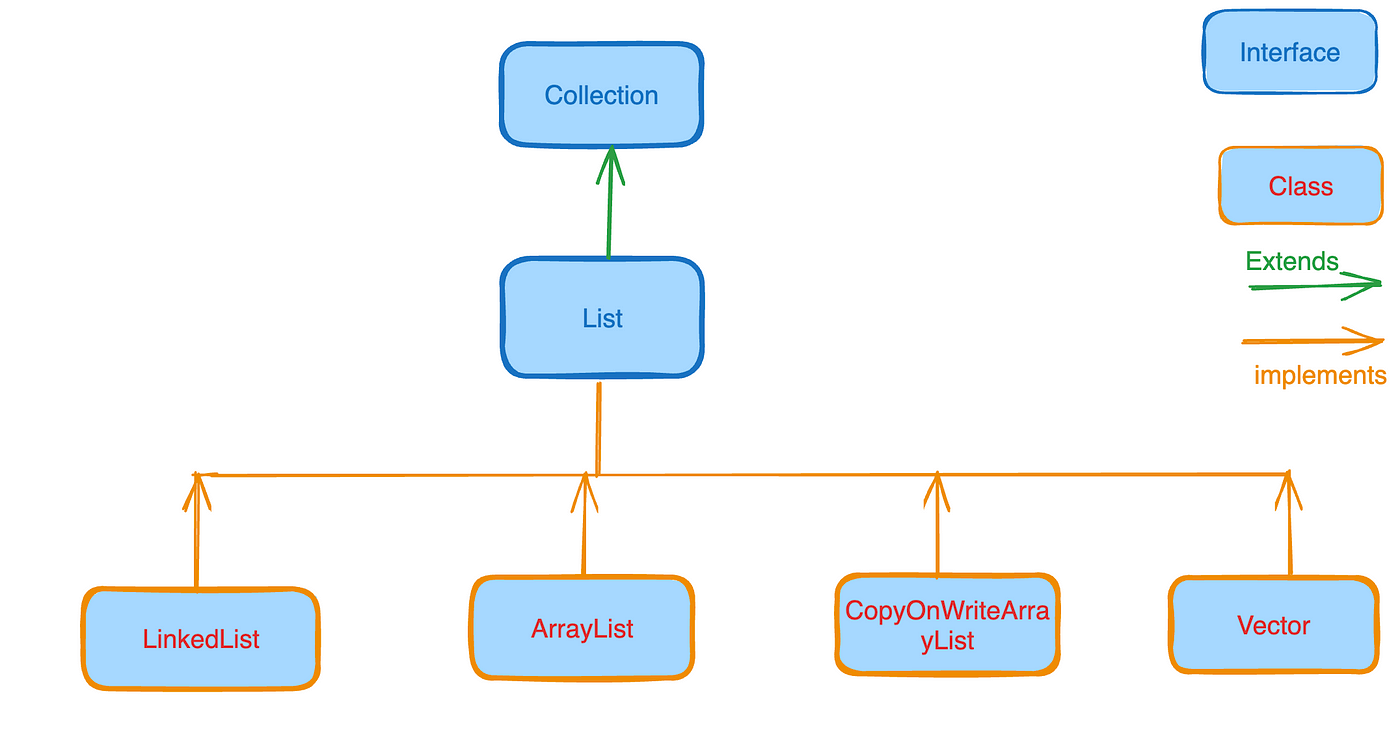Java -cp command
Java -cp command
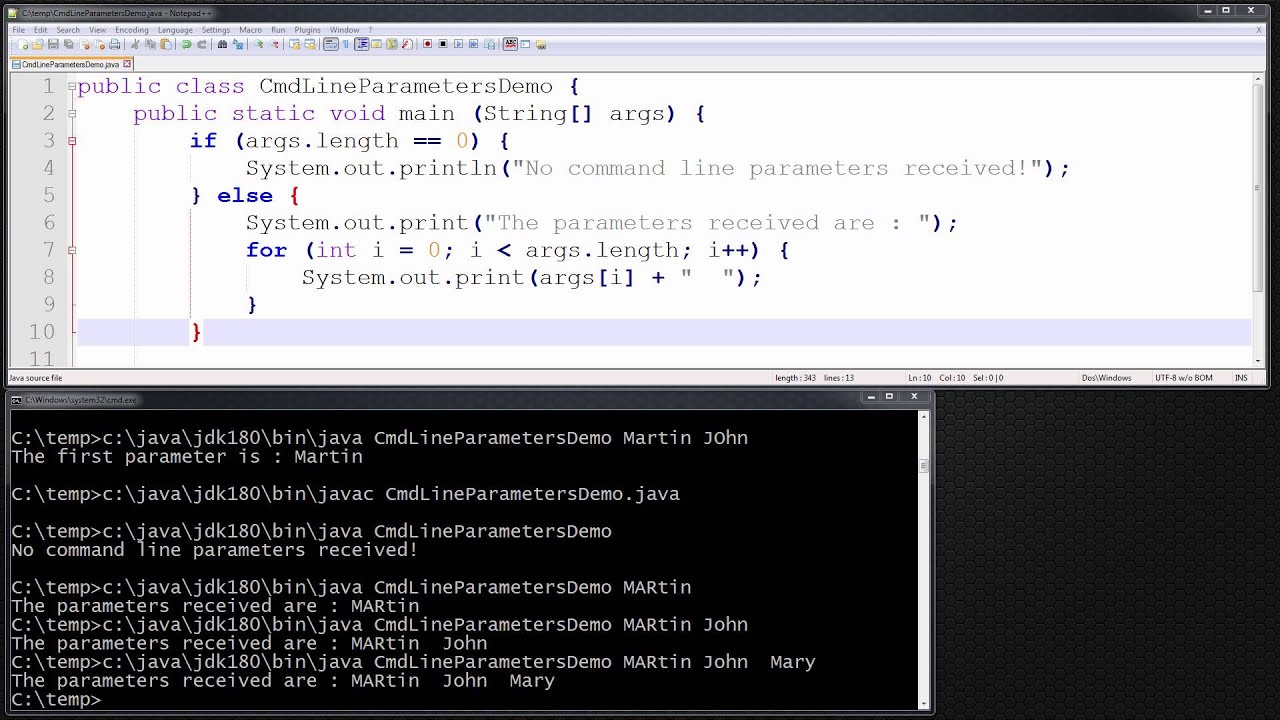
The -cp command is a fundamental option in the Java compiler (javac). It stands for "Class Path," which refers to the directory or JAR file that contains the Java classes, interfaces, and other compiled code.
When you use the -cp command, you're essentially telling the Java compiler where to look for the necessary class files. This is important because Java programs often rely on external libraries, frameworks, or modules that need to be loaded at runtime. By specifying the class path, you can ensure that these dependencies are properly resolved.
Here's a basic syntax of how to use the -cp command:
javac -cp ::...
Let's break it down:
javac is the Java compiler command. -cp specifies the class path option. <path1>, <path2>, and so on are the directories or JAR files that contain the required classes. You can specify multiple paths by separating them with colons (:). <source_file> is the name of your Java source file (e.g., MyProgram.java) that you want to compile.
Here's an example scenario:
javac -cp /home/user/lib/jdk:/usr/local/maven/repo/com/mycompany/myframework-1.0.jar MyProgram.java
In this case:
/home/user/lib/jdk is the root directory for your Java Development Kit (JDK) classes. /usr/local/maven/repo/com/mycompany/myframework-1.0.jar is a JAR file containing your custom framework or library.
When you run the command, the compiler will look for the necessary classes in these directories and load them into memory during the compilation process.
Some important notes about using -cp:
When compiling Java code that relies on external libraries or frameworks, it's essential to specify the correct class path. If the dependencies are not properly resolved, you might encounter compiler errors or runtime exceptions. You can also use the-classpath option as a shorthand for specifying multiple directories or JAR files (e.g., javac -classpath ... instead of javac -cp ...). If your Java program uses modules (introduced in Java 9), you might need to specify the module path using the -p or -m option, depending on your project's structure.
Remember, when working with Java, it's crucial to understand how class loading and compilation work. The -cp command is a fundamental tool for managing dependencies and resolving class references in your code.
What is a Java command?
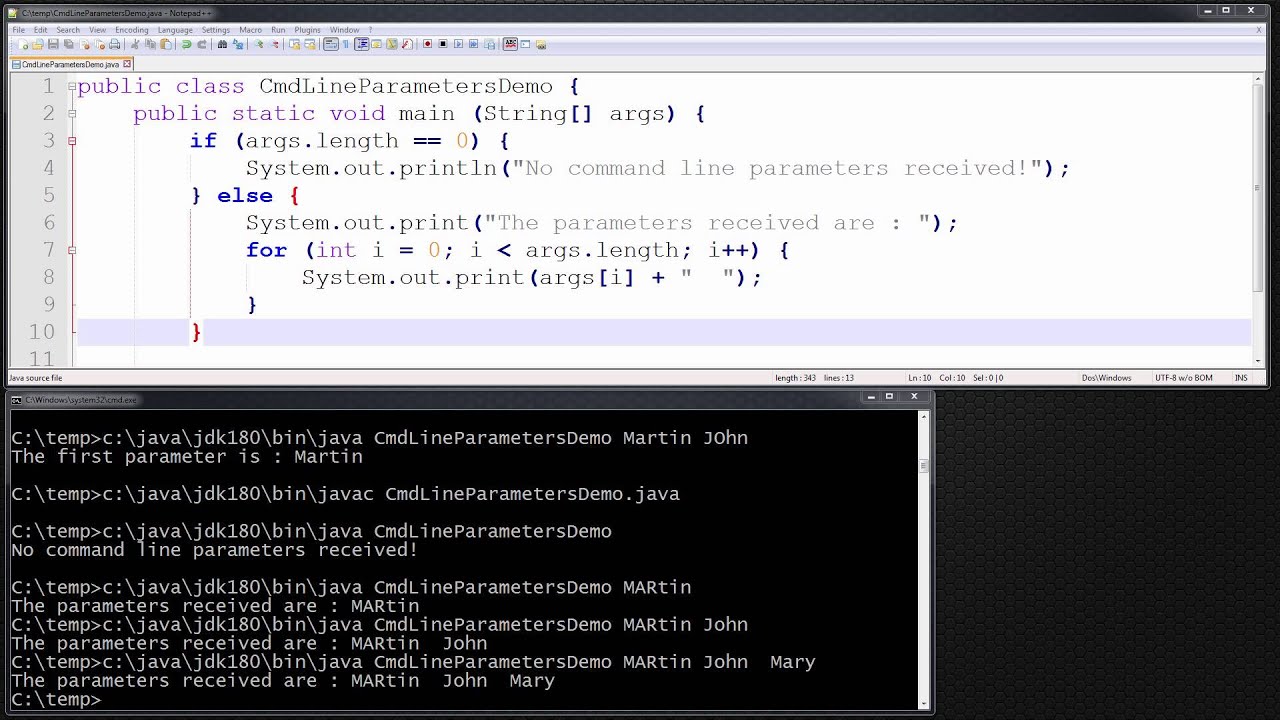
I'd be happy to explain what a Java command is and provide some examples.
Java commands are statements that instruct the Java Virtual Machine (JVM) to perform specific actions or tasks within a program. These commands are written in the Java programming language, which uses a syntax similar to C++. In other words, Java commands tell the JVM what operations to execute, how to store data, and where to retrieve it from.
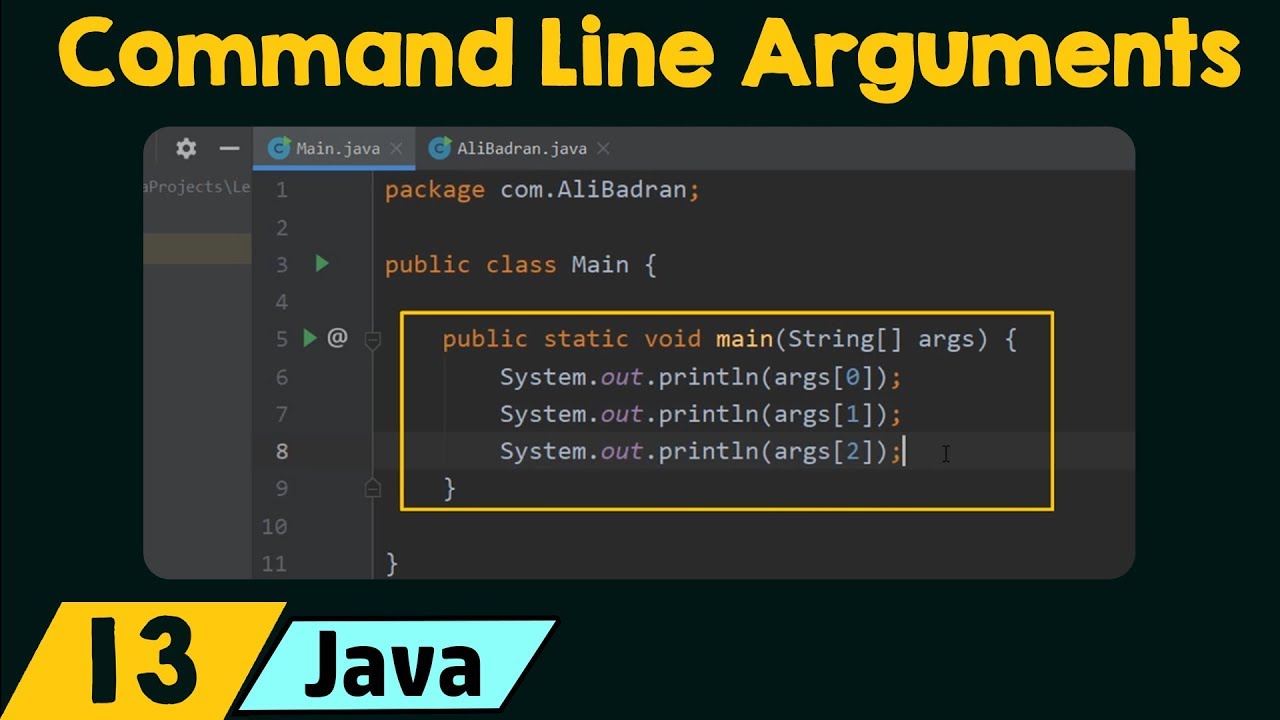
Here's a list of some common Java commands:
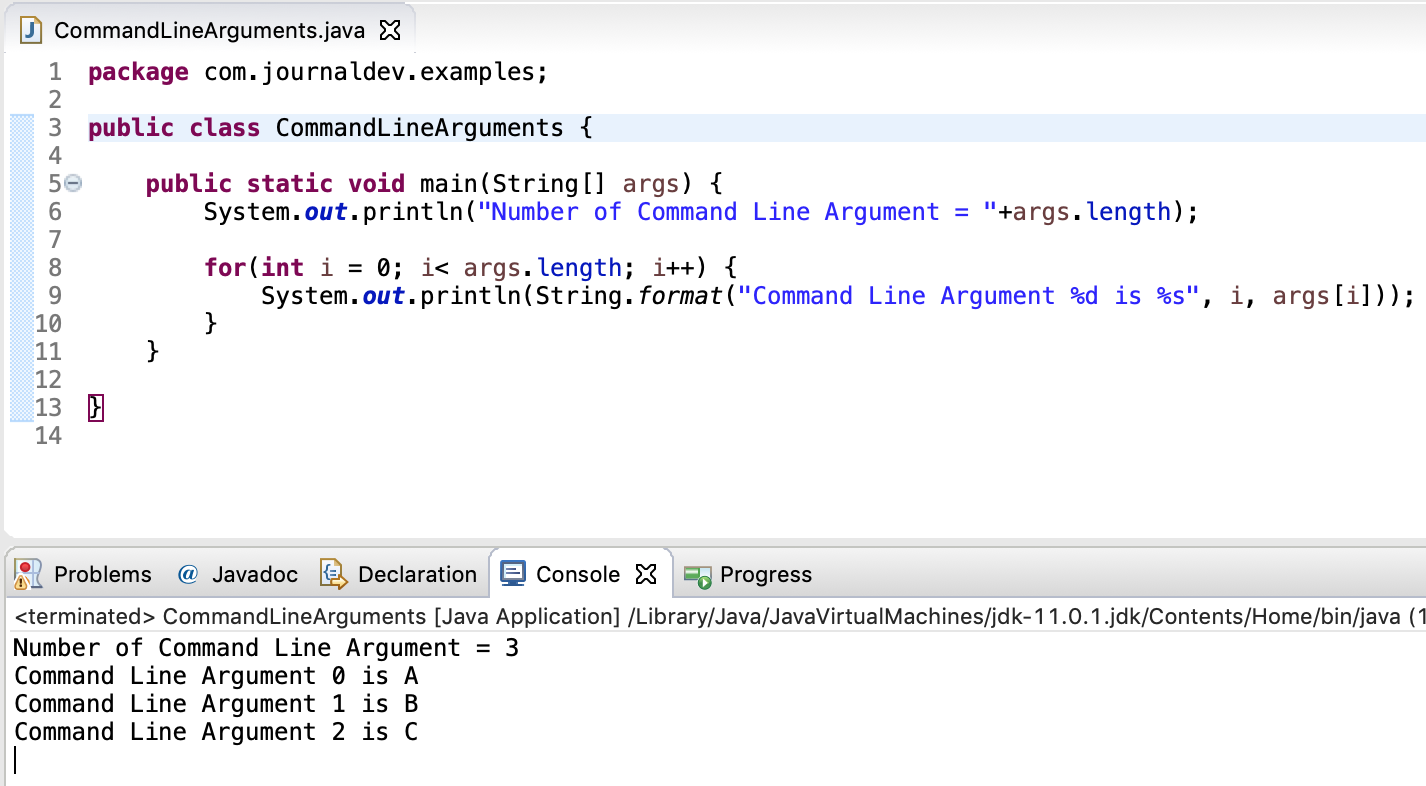
int x = 5;
if (x > 10) {
System.out.println("X is greater than 10");
} else {
System.out.println("X is less than or equal to 10");
}
In this example, the if statement checks whether the value of x is greater than 10. If it is, then the code inside the if block will be executed; otherwise, the code in the else block will be executed.
int sum = 0;
for (int i = 0; i < 10; i++) {
sum += i;
}
System.out.println("The sum is " + sum);
In this example, the for loop will execute 10 times, incrementing the value of i each time and adding it to the sum. After the loop finishes, the code inside the curly braces will be executed once, printing out the final value of sum.
public class Calculator {
public static int add(int x, int y) {
return x + y;
}
}
int result = Calculator.add(2, 3);
System.out.println("The result is " + result);
In this example, the Calculator class has a method called add, which takes two integers as parameters and returns their sum. The code inside the main program then calls this method with arguments 2 and 3, assigning the returned value to the variable result.
int x = 5;
x += 2; // equivalent to x = x + 2;
System.out.println("The value of x is " + x);
In this example, the initial value of x is assigned as 5. Then, the x += 2 command adds 2 to the current value of x, resulting in a new value of 7.
System.out.println("Hello, World!");
int x = 5;
System.out.println("The value of x is " + x);
In this example, the first print statement outputs the string "Hello, World!", and the second print statement outputs the value of x (which is currently 5) along with a message.
These are just a few examples of Java commands. There are many more commands and constructs that you can use to create powerful and flexible programs in Java.
